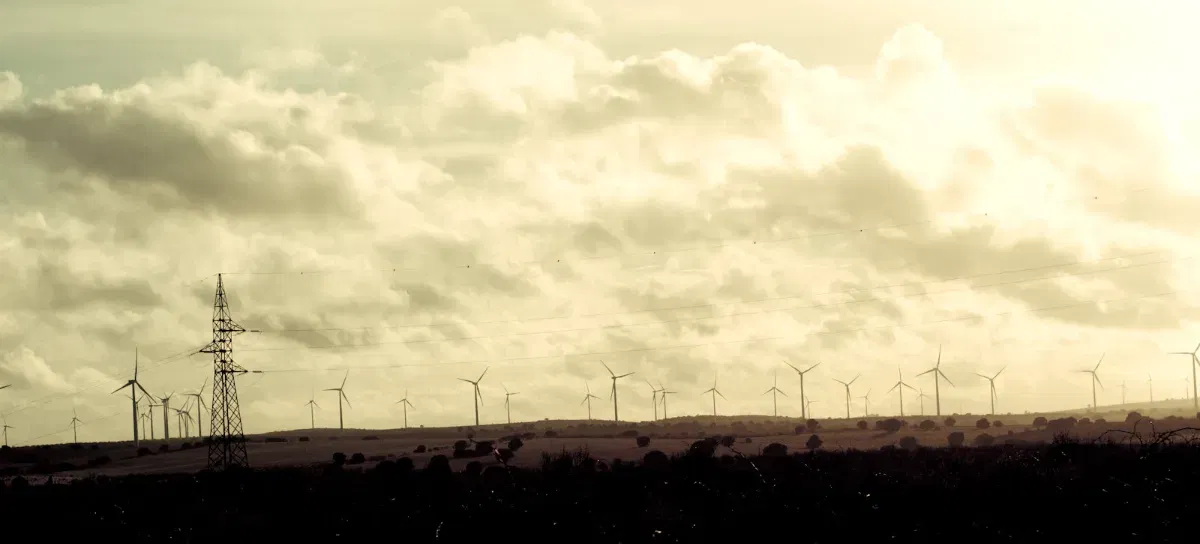Ray García y sus cosas de cada día
-

The Gas Meter Check
Sep 14 ⎯ As I approach retirement (which I look at with greedy eyes, I only have 22 years left), I'm going to get a bit grandfatherly to tell you a story. One you haven't asked for, but which makes it clear that the writer here is a rebel who doesn't listen to reason. So much so that it's probably not even true. I only saw a thread on Twitter and adapted the story to tell what I wanted to tell. Therefore, disclaimer, it may be that nothing I tell below is true. I don't think you care either. Once upon a time (hehe, I wanted to start like that) there was a neighborhood on the outskirts of Amsterdam. One of those where all the houses are identical, and from a bird's eye view form grid patterns, where everything seems to be measured to the millimeter by an obsessive architect who cares more about symmetry than good living. During the energy crisis of the seventies, certain researchers (don't look for rigor in this story, I'm warning you) discovered something fascinating about energy consumption patterns. In that idyllic neighborhood, some homes consumed a third less energy than others, despite having the same structure, size, and layout. The only difference was the location of their gas meters. an old gas meterHouses with meters in the basement consumed 30% more energy than those with meters in the hallway. The reason was simple but profound: visibility generates awareness, and awareness drives action. Residents who could see their consumption patterns daily naturally became more conscious of their energy use, while those whose meters were hidden in basements remained oblivious to their consumption habits. The Awareness Problem Having access to information is not the same as being aware of it. In most organizations, information exists somewhere, usually buried in what we could call "free documentation dumps" like Notion, or scattered across various dashboards and systems. However, accessibility doesn't guarantee visibility, and without visibility, there can be no meaningful action. For effective cross-functional collaboration and communication, information must be more than findable; it must be inevitable. Just as Amsterdam residents needed their gas consumption data in their hallway, teams need critical information directly in their line of sight, integrated into their daily workflow rather than requiring active searching. The Gas Meter Check Framework This analogy (which I don't own but I take advantage of) of the gas meter helps provide a framework for evaluating information exchange within organizations. I've taken the liberty of calling it The Gas Meter Check, and it consists of three essential components: 1. The Hallway: Visibility and Accessibility Key information must be positioned where people naturally encounter it during their regular activities. Information that requires deliberate searching or intentional navigation doesn't pass this test. Like the gas meter in the hallway, critical data should be impossible to ignore, whether you "come home" after exercising or with your hands full of bags from your trusted supermarket. Like Thanos, this information must be inevitable. 2. The Dial: Clarity and Relevance The most effective gas meters don't show pressure readings, temperature data, or technical specifications that might be relevant to maintenance engineers. They show one thing very clearly: consumption rate. Similarly, shared information should focus on what matters most to the audience, eliminating technical details that may be internally relevant but externally confusing. Less is more when it comes to actionable intelligence. 3. The Neighborhood: Active Communication and Shared Learning Individual awareness only provides partial value. True power emerges when knowledge becomes collective. If a neighbor discovers that opening blinds during sunny hours and closing windows at sunset reduces energy consumption, this knowledge should flow throughout the community, preferably avoiding waiting for one of those desired neighborhood meetings. Organizations need mechanisms to share discoveries, best practices, and insights across teams. Practical Implementation Rather than trying to solve organizational communication comprehensively, this framework suggests starting small. Most teams (especially if we're talking about development teams like the ones I help manage) already use metrics and monitoring systems, but these serve internal purposes with little consideration for broader organizational understanding. The first step involves creating "hallway" versions of existing dashboards. Essentially, simplified views that communicate key metrics in language and formats accessible to anyone in the organization. This isn't about replacing, this is more about simplifying to complement: landing views, simplified and designed to increase awareness between teams. When teams create understandable metric hallways, domains (or whatever you call a group of teams in your house) can aggregate these into higher-level views that help the next organizational level understand broader patterns. This creates a reverse cascade effect where information flows upward through organizational levels while remaining accessible and actionable at each stage. Information flowBuilding Organizational Gas Meters This analogy aims to demonstrate that small changes in information presentation can drive significant behavioral improvements. By applying the gas meter check to your company's communication (ensuring information is visible, clear, and shared) teams can achieve better collaboration without requiring massive systemic changes. The framework begins with a simple question: Does this information pass the gas meter check? If people need to actively search for it, if it's saturated with irrelevant details, or if discoveries aren't being shared across teams, then there's room for improvement. This anecdote first appeared in Donella Meadows' 1992 column "Let's Have a Little More Feedback" and later became famous through her posthumous book "Thinking in Systems" (2008). Meadows was a Harvard-trained biophysicist, MIT researcher, and lead author of "The Limits to Growth," one of the most influential environmental books ever written. She died in 2001 while working on the systems thinking primer that would cement her legacy as a pioneer in understanding how small changes in information flow can create profound behavioral shifts.
- business
- data
- +1
-

I'm running a blog. Again.
Sep 13 ⎯ "I don't have a crystal ball" is my second favorite response when people ask me "you know what?". The first one is "yes". I love dismantling a conversation with such a stupid and funny response at the same time. I say this because the crystal ball thing is true. I don't have one. At the moment I'm writing this, I'm a 44-year-old man with practically white hair, a hernia, who's starting to sigh and say "ow" when he gets up, and whose incipient presbyopia is beginning to worry him. You can therefore deduce that I'm someone with "experience". Enough to know that this will very likely not go beyond two or three articles. What am I trying to achieve with this? you might ask. The truth is I don't know. I just have the need to do it, which is reason enough. It also serves me to talk about things I did in the past, plans I have for the future, and to make use of my Flickr, which I haven't updated since 2013 but is full of photos that will surely serve as headers for my posts. Therefore, if I have photos, I have texts, and I have the desire... I just needed to put it all together. Welcome then.
- blog
- me
- +1
